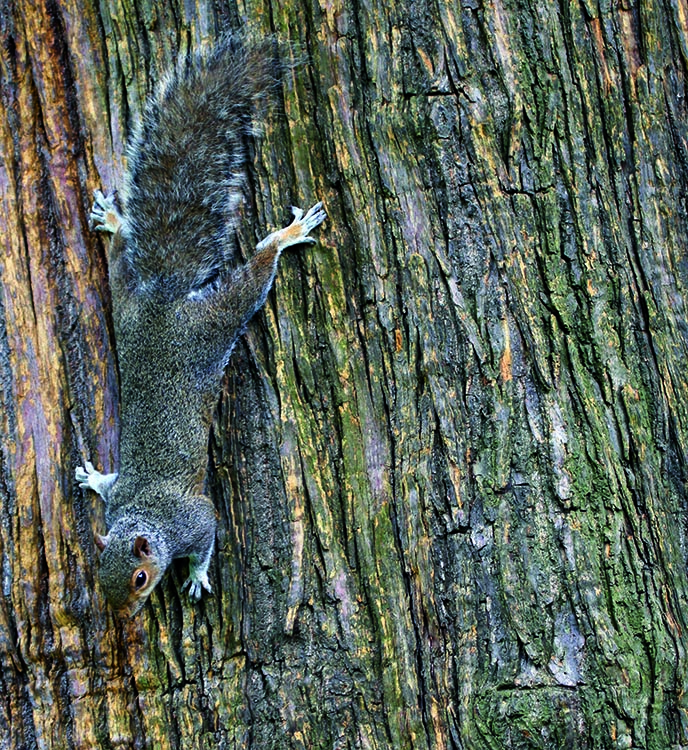ecosystem-guides.com
....exploring the planet's ecosystems
NEARCTIC (NORTH AMERICAN)
Temperate Broadleaf Forest
On the southern edge of the great Boreal forests (Taiga) of the sub-Arctic across the top of the world, temperate forests begin to creep in. These richer temperate forests once dominated eastern Asia, western Europe and eastern North America. Within North America, the west is mostly much drier, but the eastern region is wet enough to support forests. While the colder forests further north are dominated by various cold-adapted Pines and other conifers, many of the trees in the temperate forests are flowering species. In the northern hemisphere, these temperate forests are called 'broadleaf', to distinguish them from the thinner needle leaves of the conifers.
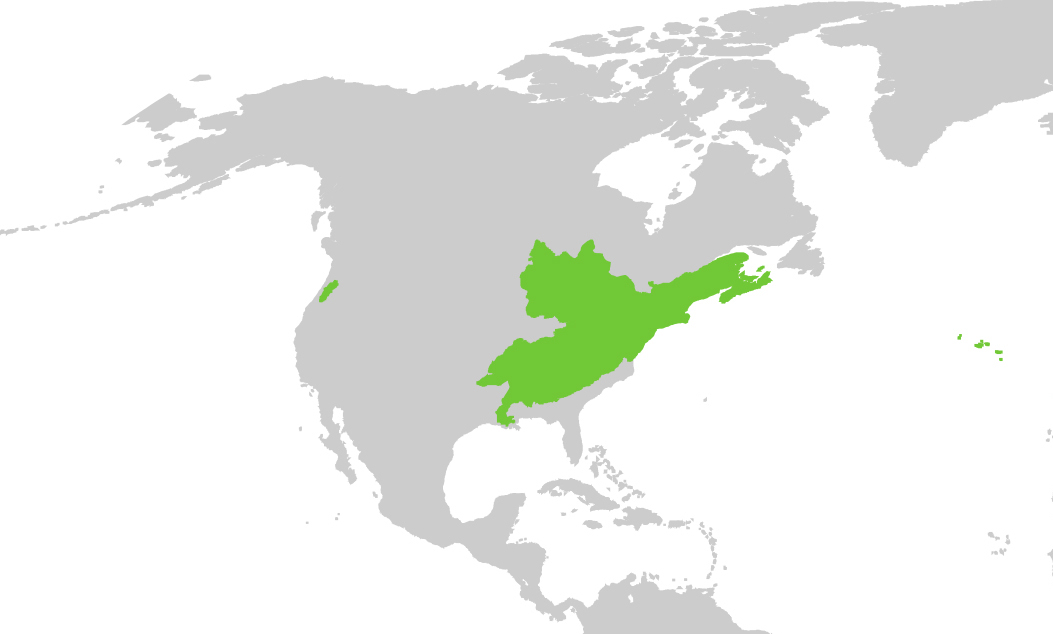 Distribution of Nearctic Broadleaf Forest By (credit to - Terpsichores - Own work, CC BY-SA 3.0, https://commons.wikimedia.org/w/index.php?curid=22441317)
Distribution of Nearctic Broadleaf Forest By (credit to - Terpsichores - Own work, CC BY-SA 3.0, https://commons.wikimedia.org/w/index.php?curid=22441317)While the conifers of colder climes maintain their 'needle' leaves, many broadleaf flowering trees drop their leaves to deal with the dry cold winters. In Autumn (known in North America as 'Fall'), the leaves start to lose their green colour producing chlorophyll, and the other anthocyanin and carotenoid pigments are revealed in the weeks before the leaves go brown, die and fall off. During this time of the year, the forests turn various reds and oranges. The tourism to appreciate this beautiful phenomena is known as 'leaf peeping'.
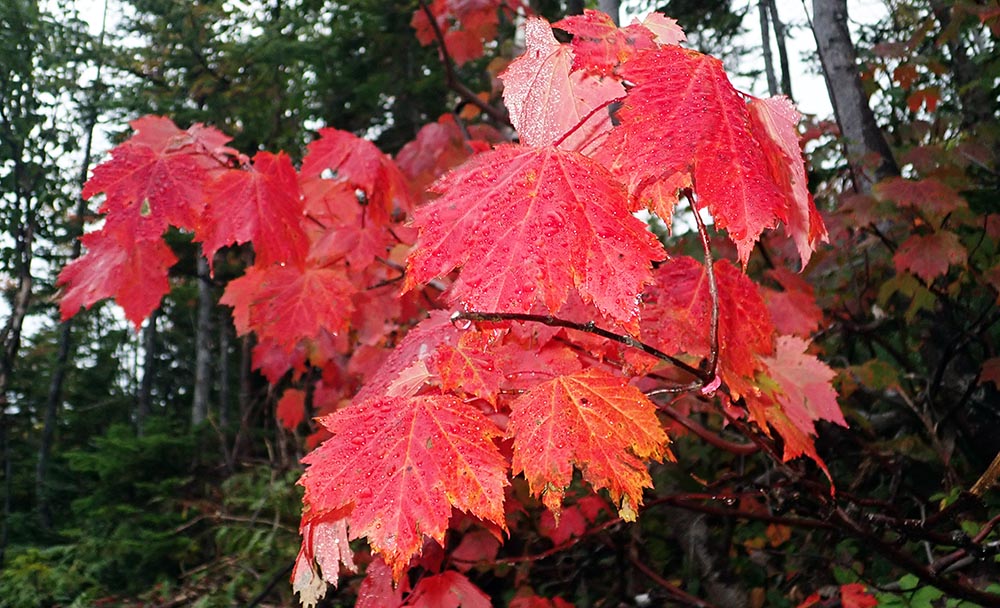 Maple leaves about to 'fall' (Canada)
Maple leaves about to 'fall' (Canada)The family Rosaceae includes Sorbus americana, 'American Mountain Ash' . This widespread species is found to the chilly northern edge of the temperate forests.
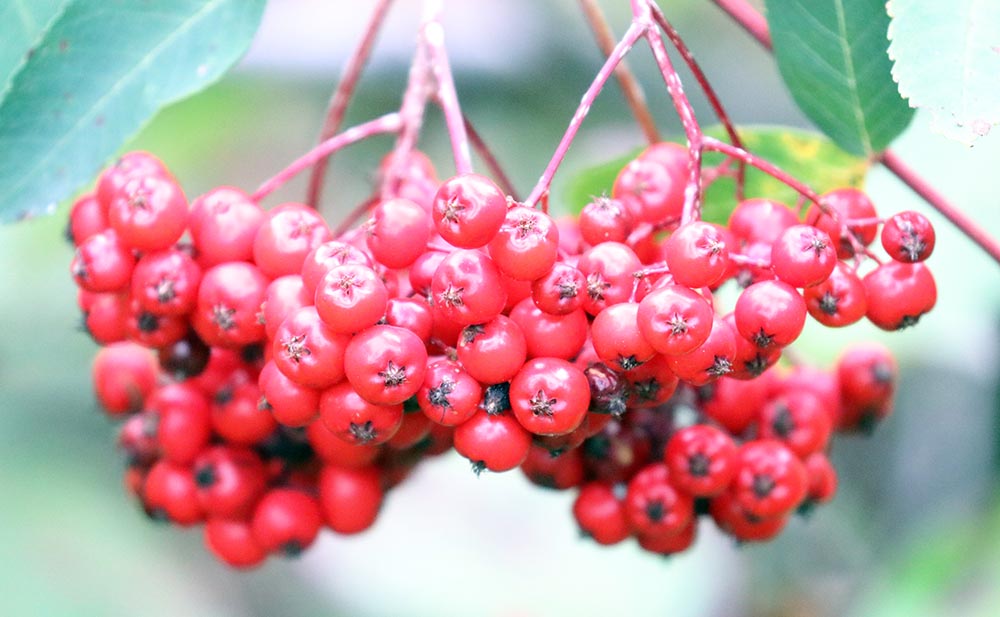 (Bonaventure Island, Canada)
(Bonaventure Island, Canada)The family Sapindaceae includes the iconic 'Maples'. During summer the trees are recognised by their distinctive palmate leaves. During autumn, the Maples provide one of the most spectacular displays of colour change and leave fall. The Maple genus Acer is found right across the temperate parts of the Holarctic region. They actually reach their species diversity peak in the temperate forests of eastern Asia, where they are one of the most dominant groups of trees. However, it is in North America, (and Canada specifically) where they are probably best known, due to the sweet condiment made from the 'Sugar Maple'.
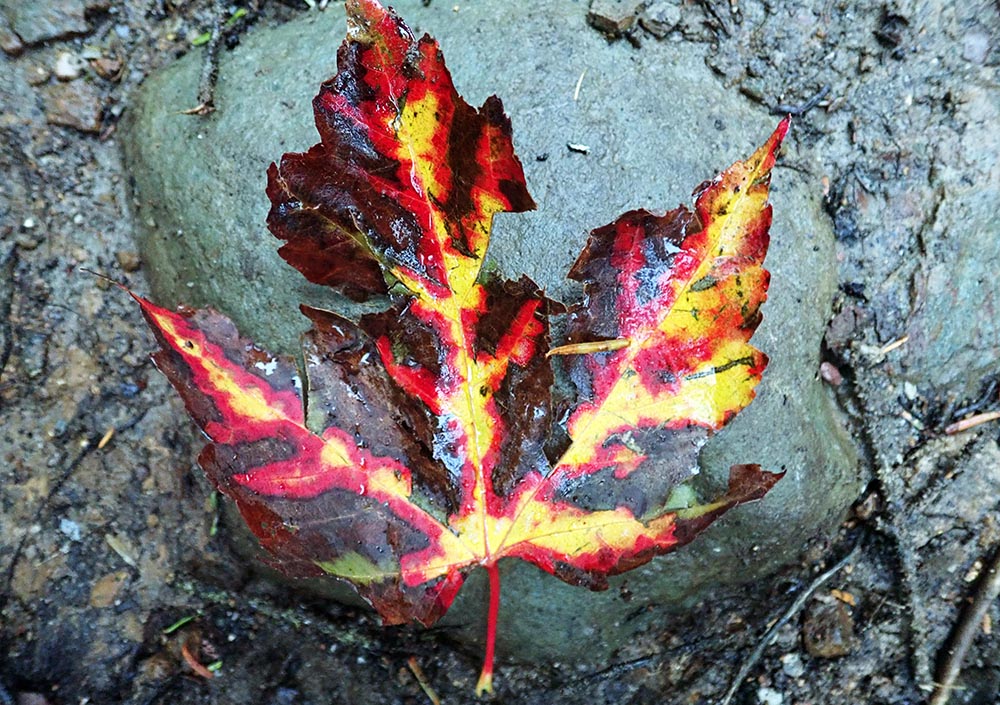 Maple Leaf (Canada)
Maple Leaf (Canada)The family Cornaceae Cornus stolonifera/sericea, 'Red-Osier Dogwood' fruits.
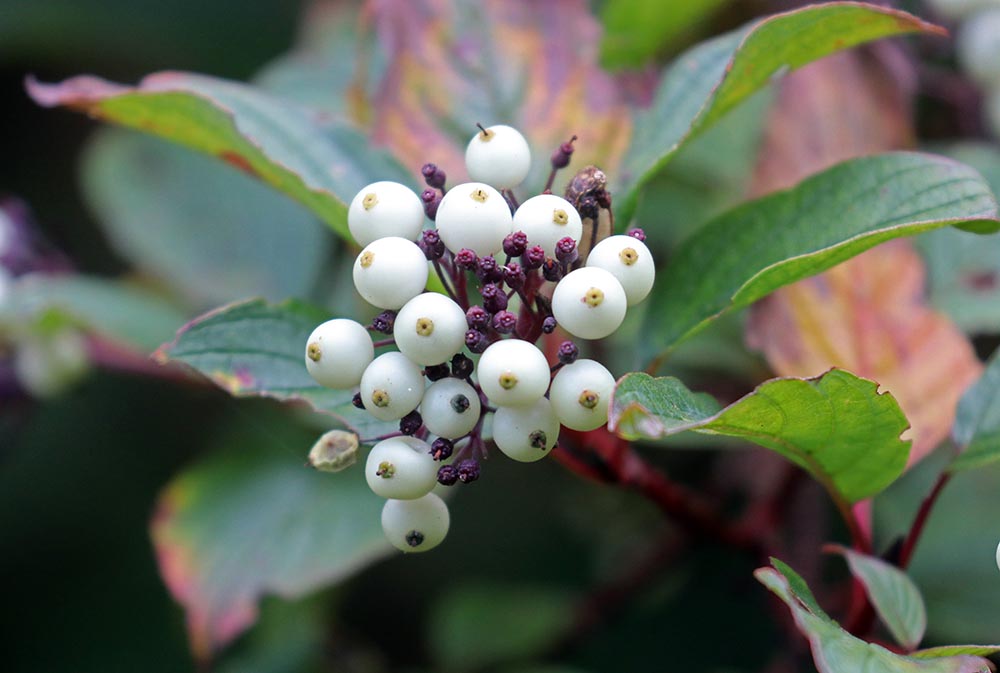 (Bonaventure Island, Canada)
(Bonaventure Island, Canada)The family Sarraceniaceae includes the 'Trumpet Pitcher Plants'. These is not related at all to the Asian Nepenthes Pitcher Plants, but they look quite similar. All of of the species in this genus are endemic to the Nearctic, although most live in the warm and wet south-east, with only one species in the cooler temperate forests: the species below, Sarracenia purpurea, 'Purple Pitcher Plant'.
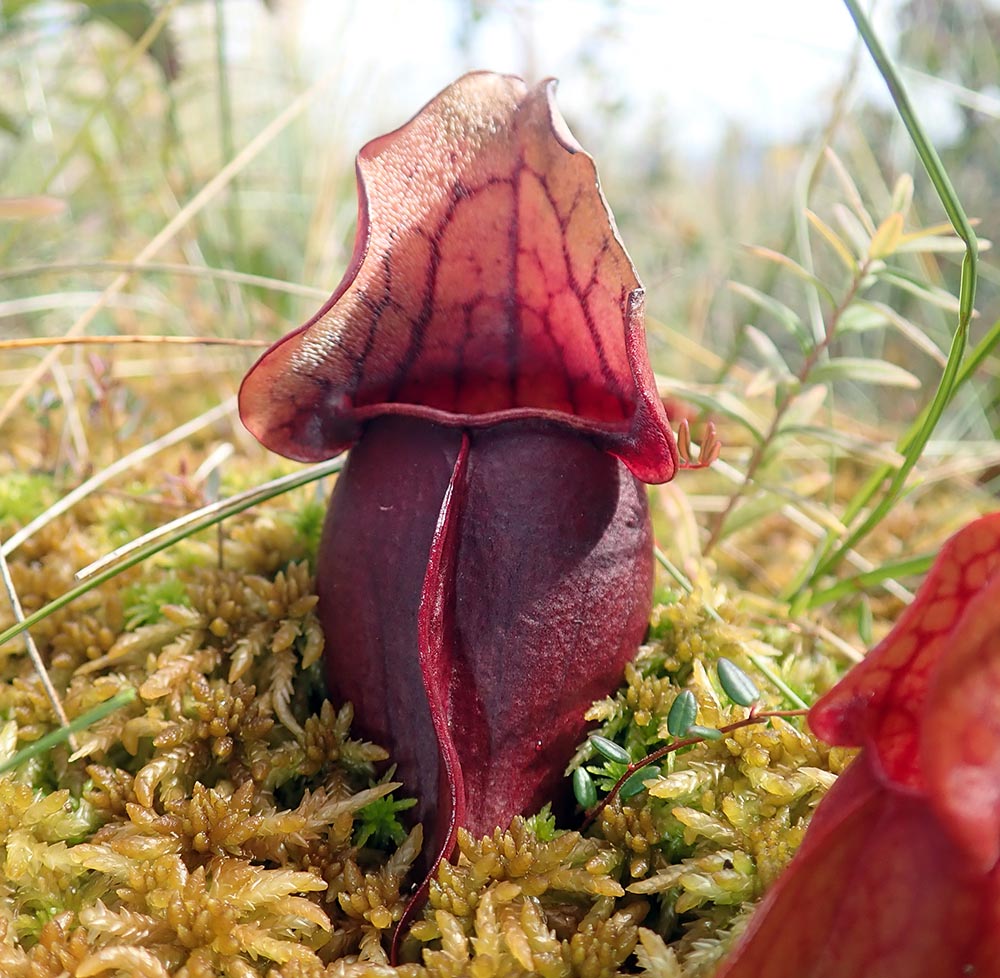 (Canada)
(Canada)Of course, as with much of the temperate northern hemisphere, the herbs of the ground cover always includes lots of species of the second largest family of plants in the world, the Asteraceae.
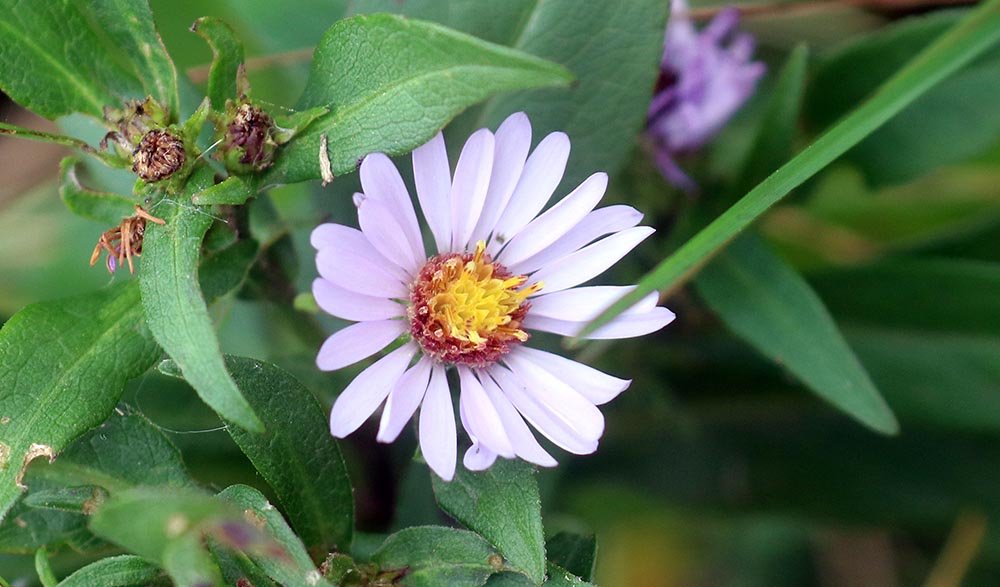 (Canada)
(Canada)The family Passerellidae includes the Sparrows. The 'Savanah Sparrow' Passerculus sandwichensis is found in open habitats across North America, with some populations wintering in northern South America.
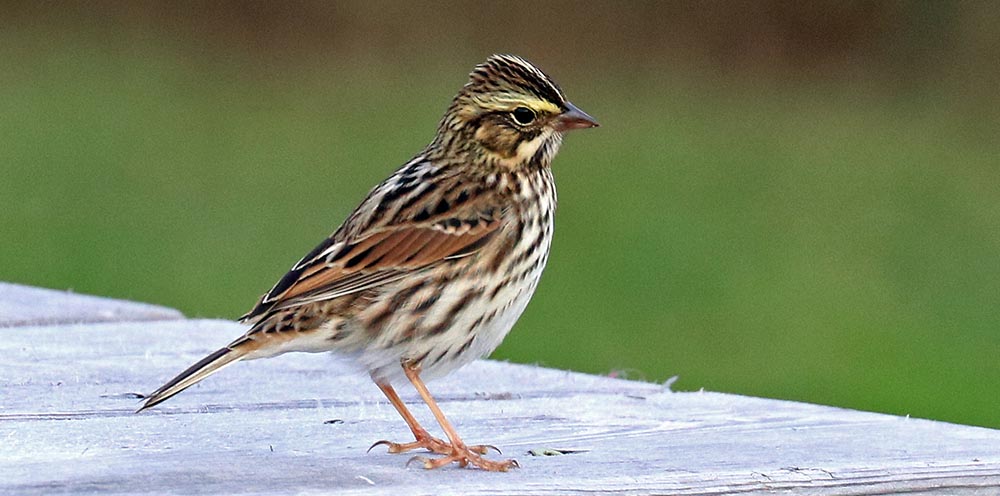 (Bonaventure Island, Canada)
(Bonaventure Island, Canada)Squirrels are native to every continent except Australia and Antarctica. Below is the North American 'Gray Squirrel'. Sciurus carolinensis.
